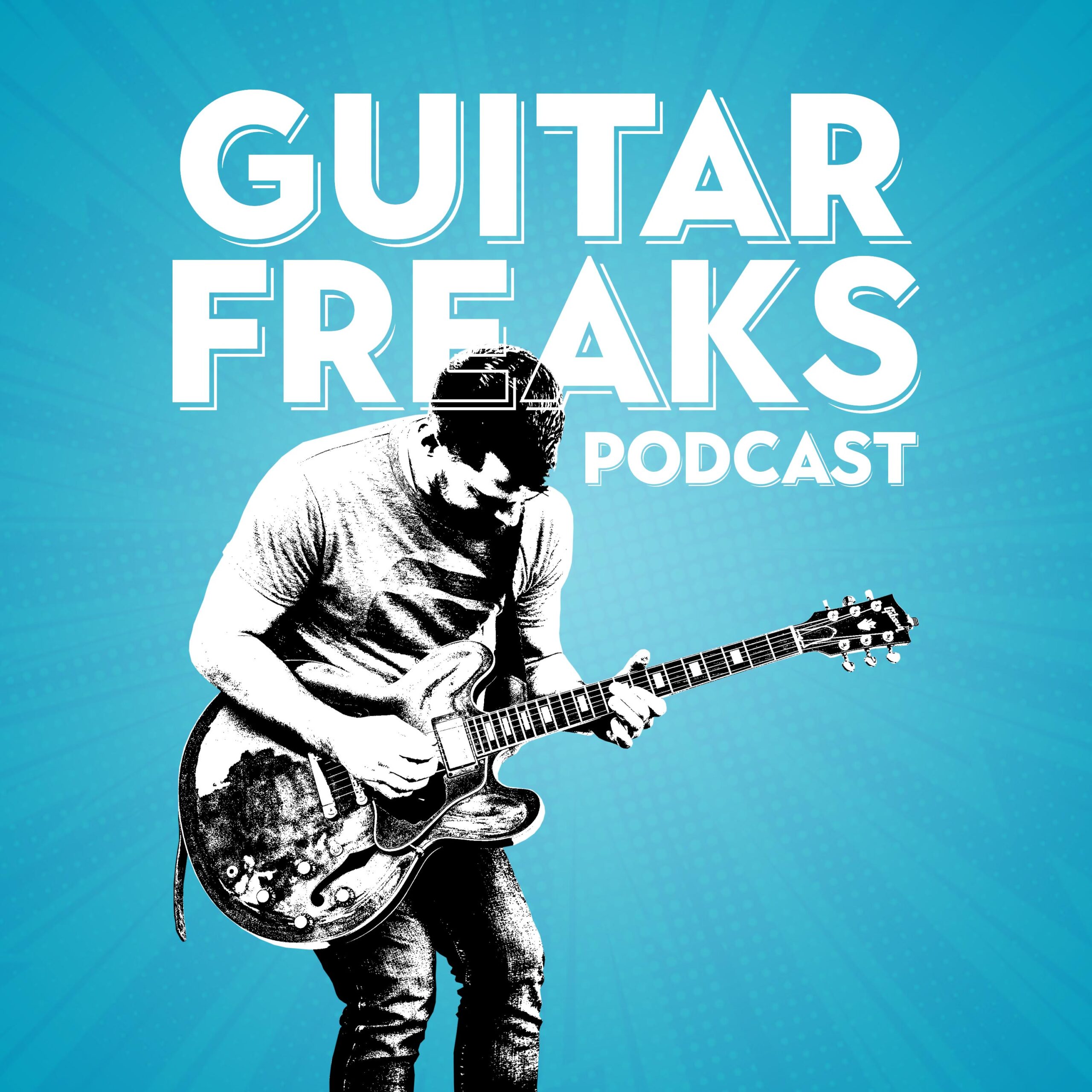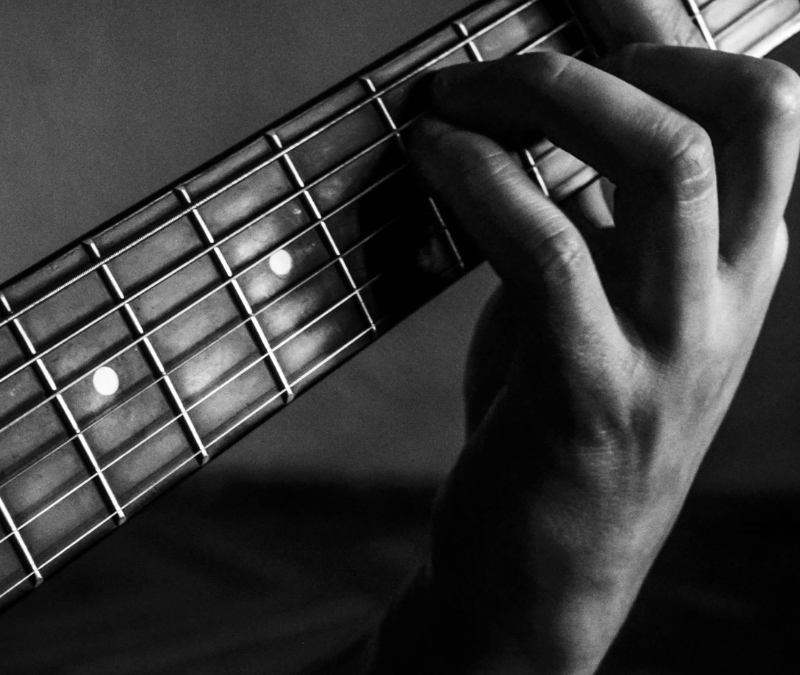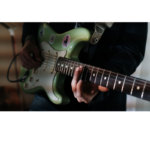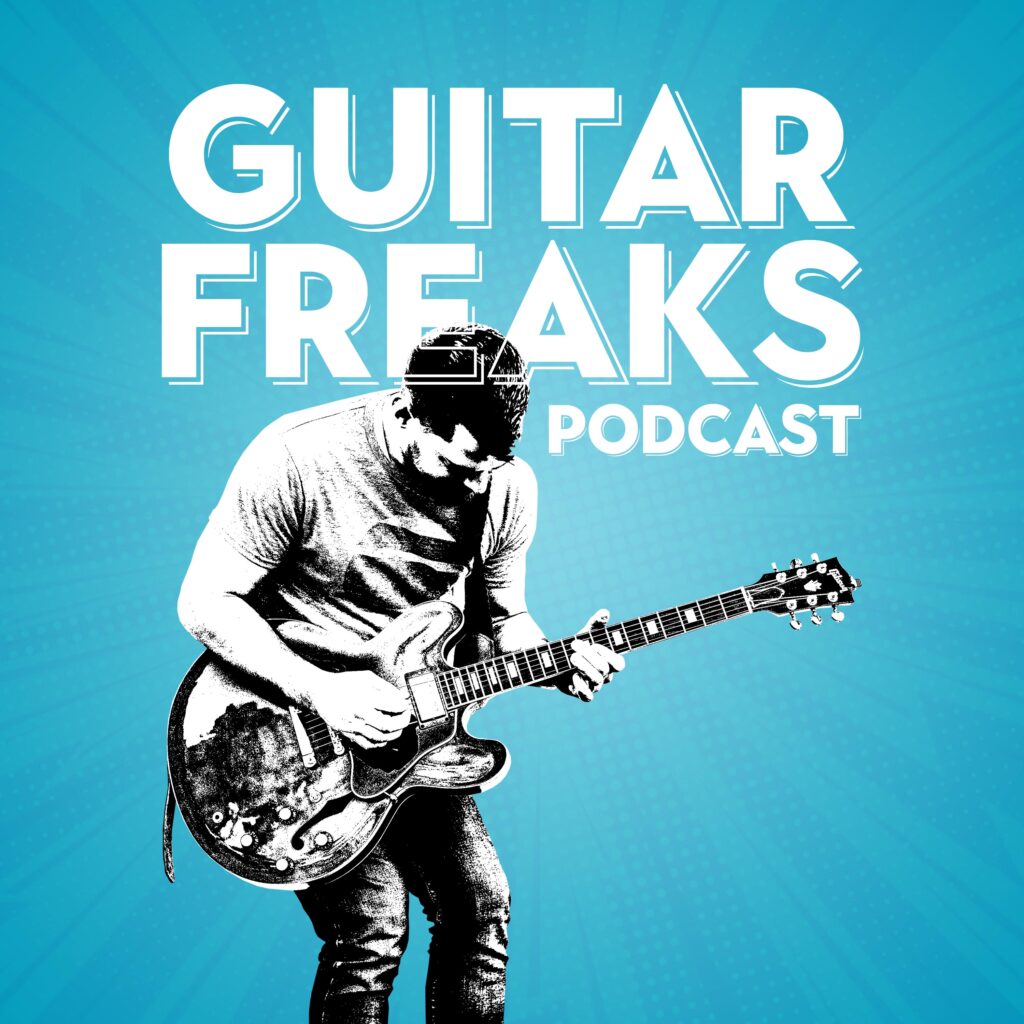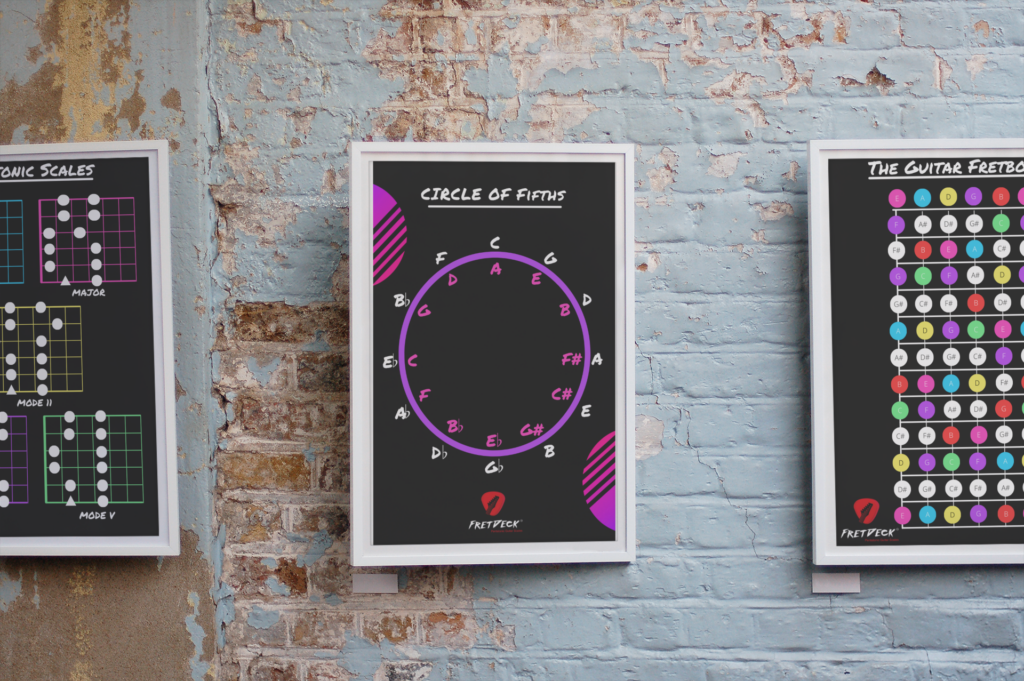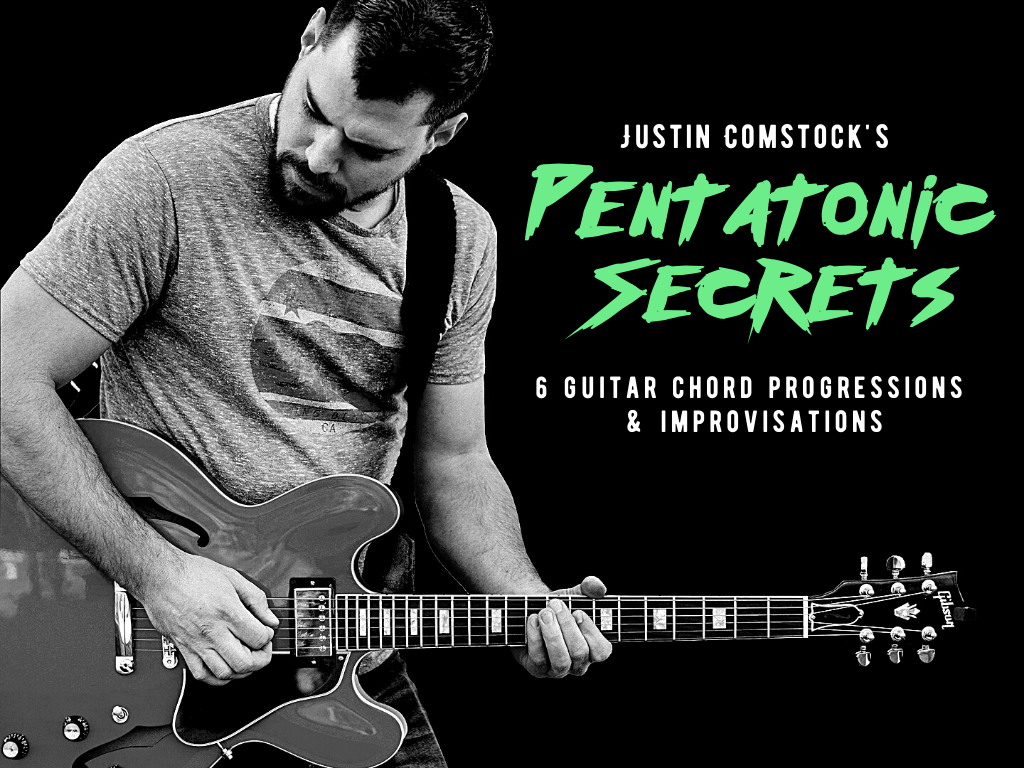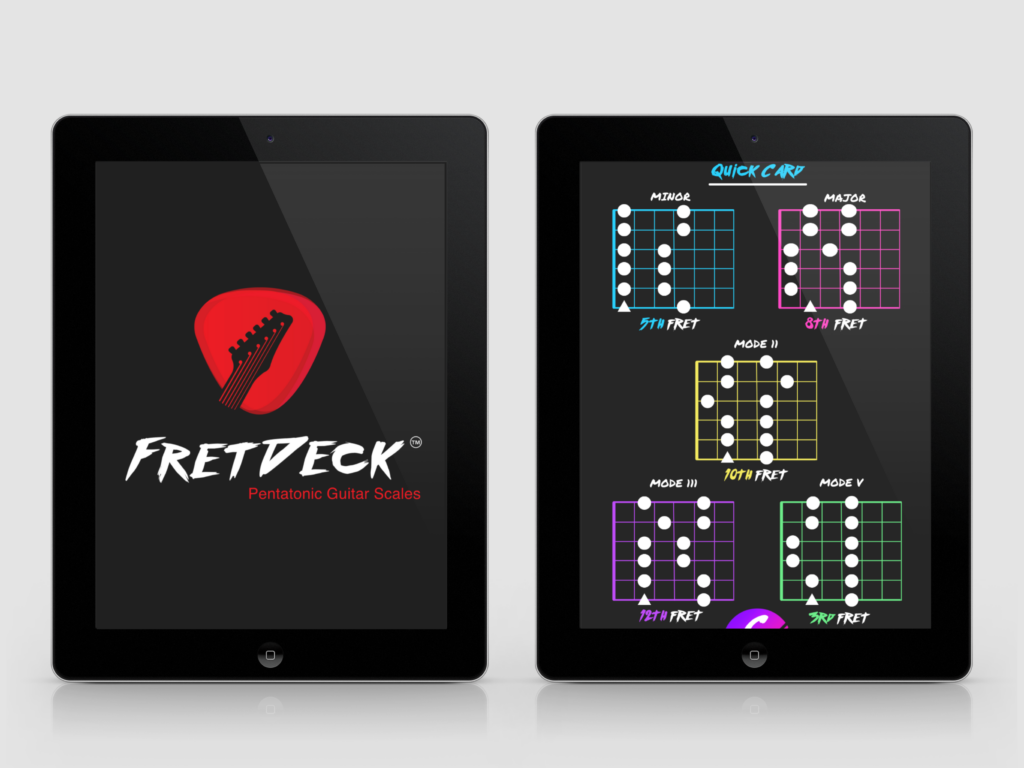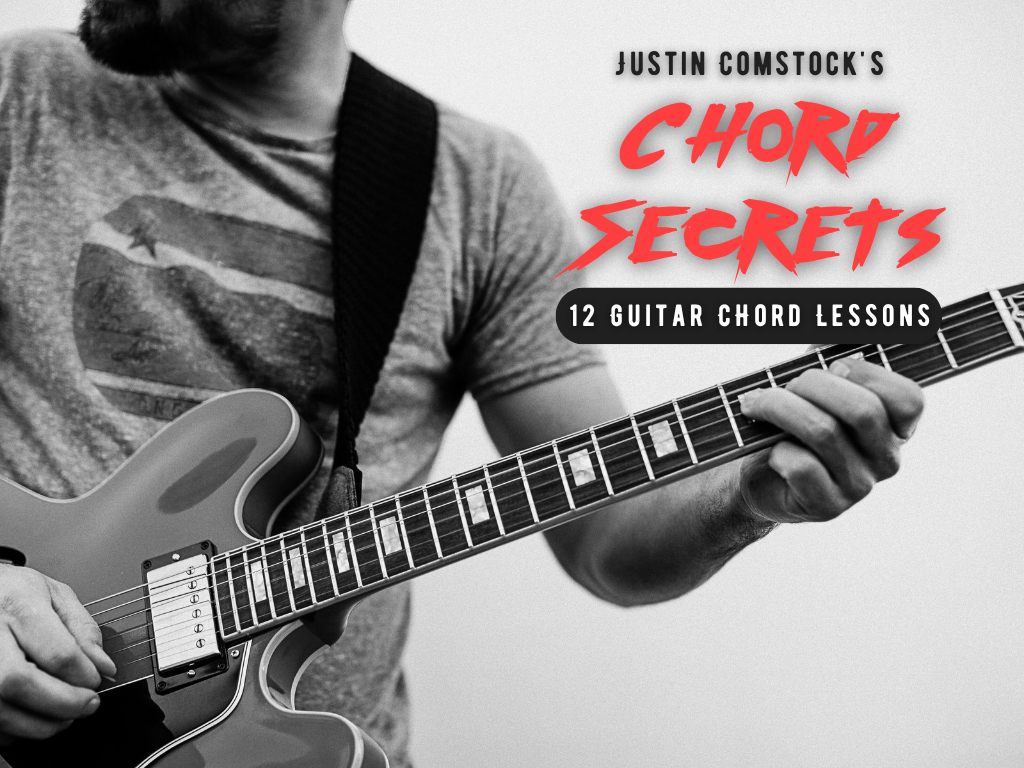There’s something magical about playing your first power chords guitar.
It doesn’t matter if your tone is clean or distorted—once you hit that low E5, it feels like a wall of sound just came through your amp. Power chords are raw, punchy, and one of the easiest ways to sound good on guitar—fast.
But here’s what most players miss:
Power chords aren’t just beginner chords. They’re the foundation of modern rock, a creative tool for writing riffs, and a gateway to understanding the fretboard.
In this blog, we’re going to show you how to:
- Master the essential shapes
- Explore the fretboard with moveable forms
- Use power chords in creative ways
- Practice smarter (not harder)
- Craft better tone with the right effects
- Expand your rhythm skills with FretDeck: Progressions
- And connect with other guitarists in our Discord community
Let’s plug in and turn it up.
What Is a Power Chord?
A power chord is a two-note shape built from the root and fifth.
Sometimes, it also includes the octave for extra body, but it never includes a third. That’s what gives it its neutral, aggressive sound—neither major nor minor.
Here’s the classic E5:
e|---|
B|---|
G|---|
D|-2-|
A|-2-|
E|-0-|
Move this same shape up the neck, and now you’ve got G5, A5, B5—you get the idea.
Why Power Chords Work So Well
There’s a reason why punk, metal, classic rock, and even pop music rely on power chords guitar: they’re efficient and they sound huge.
With just two fingers, you can:
- Play riffs and rhythm parts across any key
- Layer guitar parts with clarity (no messy major/minor clashes)
- Build your fretboard confidence without overcomplication
Power chords also cut through a mix without sounding muddy—especially when paired with gain and EQ.
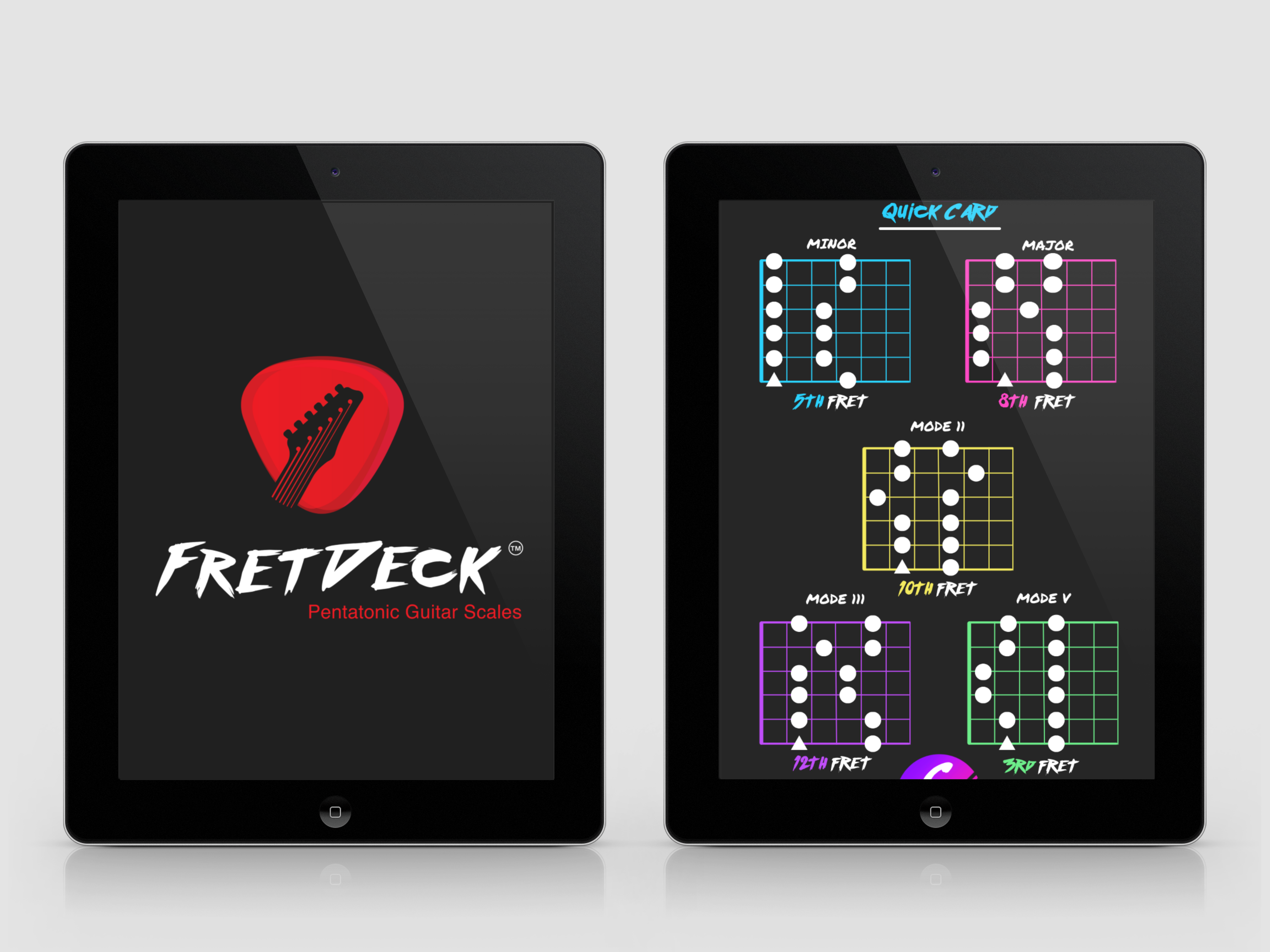
Download The FretDeck & Pentatonic Secrets Course!
Download Our Course
Essential Shapes to Know
There are two primary root positions for power chords:
6th String Root (E string)
e|---|
B|---|
G|---|
D|-7-|
A|-5-|
E|-3-|
This is G5. Move this shape up or down and you get power chords for any root on the 6th string.
5th String Root (A string)
e|---|
B|---|
G|---|
D|-5-|
A|-3-|
E|---|
This is C5. Same deal—shift it up or down the neck and you’re transposing like a pro.
Bonus: You can use the octave on the next higher string for more beef:
e|---|
B|---|
G|-5-|
D|-5-|
A|-3-|
E|---|
Practice Idea #1: The Slide Drill
Pick one power chords guitar shape (like A5) and slide it up one fret at a time.
Start at the 5th fret and work your way up to the 12th, then back down.
Use alternate picking and keep your fretting fingers relaxed. Add a metronome and increase speed gradually.
Power Chord Progressions That Sound Massive
Here are a few classic progressions you can start with right now:
Progression 1: I – IV – V in E
E5 – A5 – B5
Progression 2: ii – V – I in G (Rock flavor)
A5 – D5 – G5
Progression 3: Minor rock riff in A
A5 – C5 – G5 – D5
These are all playable using just power chords. Want 52 of these progressions mapped in every key?
Check out FretDeck: Progressions—a deck of cards that turns your riff-writing into a creative jam session.
Practice Idea #2: The Muted Groove
Set your metronome to 70 BPM. Play a power chord for one beat, then mute for three.
Now try different strumming patterns between chord switches. Use:
- Downstrokes only (à la Ramones)
- Palm muting on beats 2 and 4
- Open and muted variations (like Rage Against the Machine)
Rhythm practice with power chords improves your time feel, left-hand shifting, and picking dynamics.
Want to Level Up Faster? Join Our Discord Jam Group
Inside the Guitar Freaks Hangout, we break down riffs, give live feedback, and challenge each other to weekly chord and scale prompts.
You’ll meet other guitar players from all over the world who are obsessed with tone, technique, and creative practice.
How to Make Your Power Chords Sound Better
Playing the right notes is step one. Getting the right tone is step two.
Here’s how to make your power chords sound huge:
1. Use Proper Gain
Too much distortion turns your tone into mush. Dial it back until your power chords still sound articulate.
2. Cut the Bass Slightly
On amp or EQ settings, lower your bass just a touch and boost mids to get that classic Marshall crunch.
3. Add Delay or Reverb (Subtly)
Use slapback or plate reverb to create space. Just don’t overdo it—keep your rhythm crisp.
4. Use Pedals That Love Power Chords
Try these:
- Tube Screamer – Adds midrange punch and clarity
- Boss DS-1 – Classic 80s dirt
- Electro-Harmonix Big Muff – For doomier, sustained chords
- MXR Carbon Copy Delay – Adds texture between chord hits
Check out Guitar World’s top distortion pedals for more ideas.
Practice Idea #3: Write a Song with Only Power Chords
Limitations breed creativity.
Challenge: Write an 8-bar riff using only power chords from the G major scale.
Use:
- G5
- A5
- B5
- C5
- D5
- E5
Add variation by using:
- Slides
- Syncopation
- Different voicings (root on A vs E string)
You’ll be amazed how much music comes from such a simple structure.
The FretDeck Advantage
Why do so many players plateau with power chords?
Because they don’t practice them in context.
FretDeck: Progressions gives you 52 progressions in major and minor keys, so you can:
- Practice in every key
- Learn how to connect power chords
- Build real-world musical ideas—not just drills
It’s hands-on. It’s fun. And it gets you off the screen and onto your fretboard.
Get yours here → FretDeck: Progressions

Download The FretDeck & Pentatonic Secrets Course!
Download Our Course
Power Chords Aren’t Just for Beginners
A lot of guitarists outgrow power chords too fast—and that’s a mistake.
Here’s what advanced players do with them:
- Layer harmonies with different intervals
- Use them for dynamic shifts (verse = open, chorus = power)
- Stack them with effects for orchestral textures
- Create modal riffs without needing full scale knowledge
If you want to play like Tom Morello, Dave Grohl, or Billie Joe Armstrong, power chords are your bread and butter.
Final Thoughts
Power chords are one of the most versatile tools in your guitar arsenal.
They’re simple, but not simplistic. When used creatively, they unlock full progressions, help you internalize keys, and make rhythm playing feel addictive.
So here’s your challenge:
- Learn 5 new power chord voicings
- Write a riff using only 3 chords
- Share your progress in our Discord
- Use FretDeck: Progressions to unlock new ideas in every key
You don’t need to be flashy to sound powerful. You just need the right shapes—and the right mindset.
Explore power chord-based blues progressions
Check out the 👉 Best Distortion Pedals 2025: Our Top 11 High-Gain Stompboxes as reviewed by Guitar World. These are perfect for dialing in your tone.
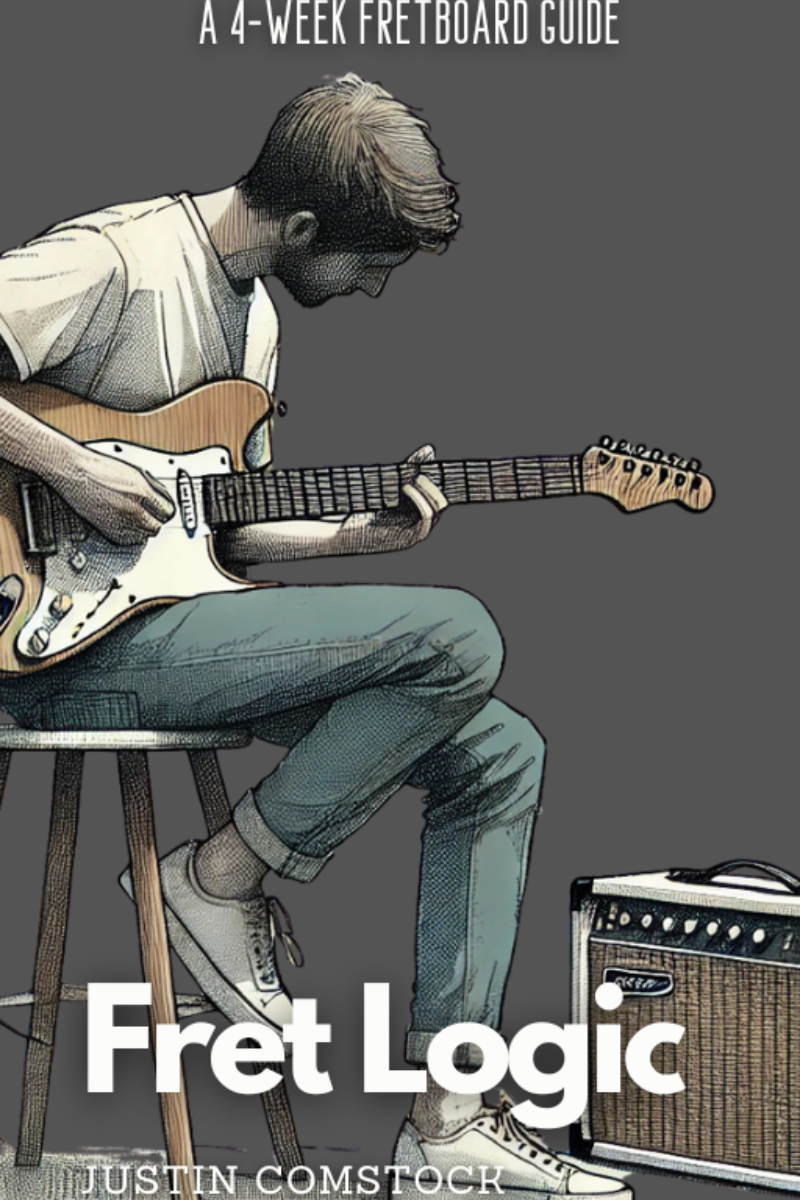
Join Guitar Freaks Hangout on Discord! 🎸
Get Fret Logic FREE!
Join the Guitar Freaks Hangout Discord and get exclusive access to my entire e-book, Fret Logic! Master the fretboard and elevate your solos with this comprehensive guide.
👉 Don’t miss out—join now and download your free copy!
